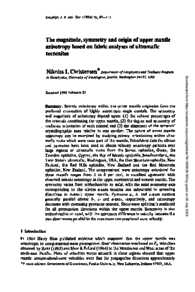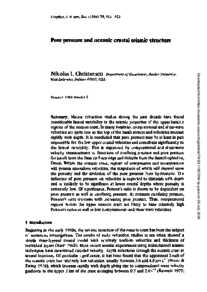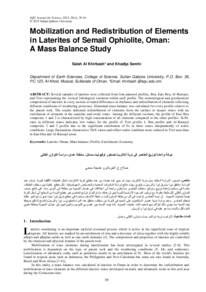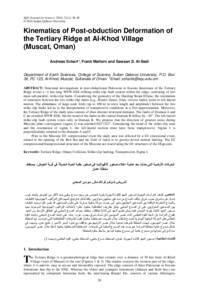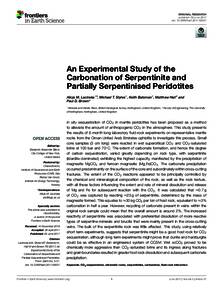Document
The magnitude, symmetry and origin of upper mantle anisotropy based on fabric analyses of ultramafic tectonites.
Identifier
DOI: 10.1111/j.1365-246X.1984.tb05025.x
Source
Geophysical Journal of the Royal Astronomical Society. v. 76, 1, p. 89-111
Country
United States.
City
Hoboken
Publisher
Wiley Blackwell.
Gregorian
1984-01-01
Language
English
English abstract
Summary. Seismic anisotropy within the upper mantle originates from the preferred orientation of highly anisotropic single crystals. The symmetry and magnitude of anisotropy depend upon: (1) the volume percentages of the minerals constituting the upper mantle, (2) the degree and symmetry of preferred orientation of each mineral and (3) the alignment of the minerals’ crystallographic axes relative to one another. The nature of upper mantle anisotropy can be examined by studying mineral orientations within ultramafic rocks which were once part of the mantle. Petrofabric data for olivine and pyroxene have been used to obtain velocity anisotropy patterns over large regions of ultramafic rocks from the Samail ophiolite, Oman, the Troodos ophiolite, Cyprus, the Bay of Islands ophiolife, Newfoundland, the Twin Sisters ultramafic, Washington, USA, the Dun Mountain ophiolite, New Zealand, the Red Hills ophiolite, New Zealand and the Red Mountain ophiolite, New Zealand. The compressional wave anisotropy calculated for these massifs ranges from 3 to 8 per cent, in excellent agreement with observed seismic anisotropy in the upper continental and oceanic mantle. The symmetry varies from orthorhombic to axial, with the axial symmetry axis corresponding to the olivine a‐axes maxima and subparallel to spreading directions in oceanic upper mantle. Pyroxene a‐, b‐ and c‐axes maxima generally parallel olivine b‐, c‐ and a‐axes, respectively, and anisotropy decreases with increasing pyroxene content. Shear‐wave splitting is predicted for all propagation directions within the upper mantle. Symmetry is also orthorhombic or axial, with the minimum difference in velocity between the two shear‐waves parallel to the maximum compressional wave velocity.
ISSN
0016-8009
Category
Journal articles

